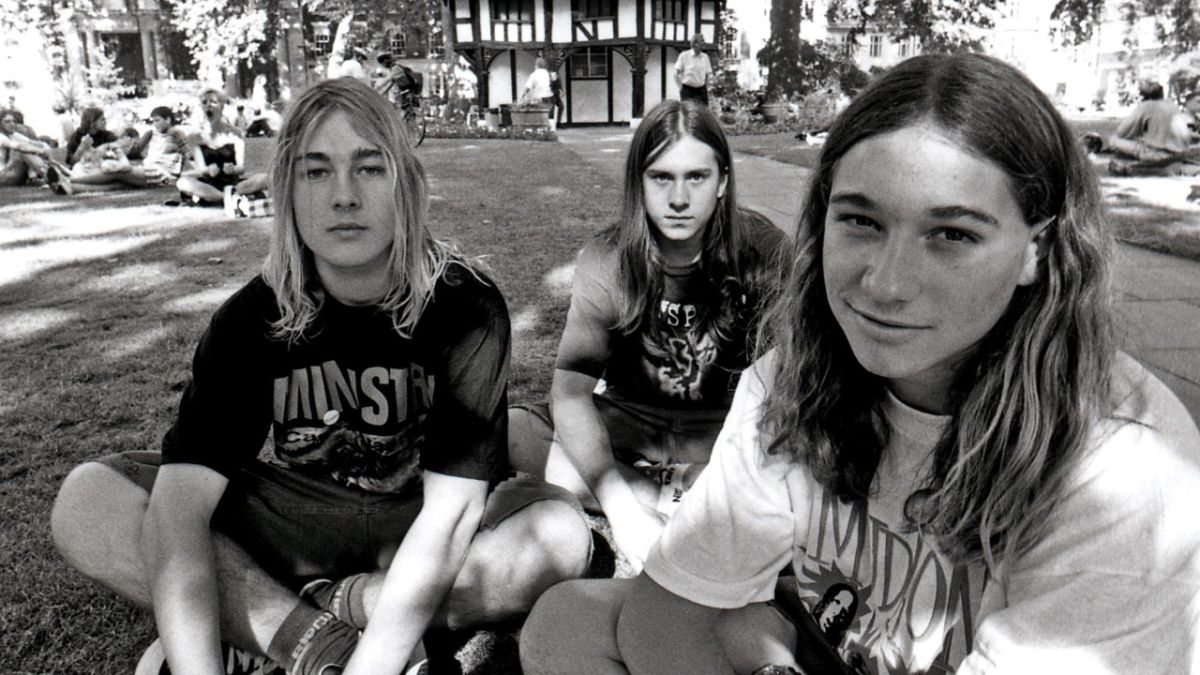The early 1990s witnessed the rise of grunge, and one band, Mad Season, stood out as a supergroup with members from renowned bands like Alice in Chains, Pearl Jam, and Screaming Trees. Led by the immensely talented yet troubled Layne Staley, the band released their debut and only album, “Above,” which garnered both critical acclaim and commercial success. However, the road to a follow-up album was paved with heartbreak and unfortunate events, leading to the eventual dissolution of the band.

The Ascent of Mad Season: United by Music and Healing
In 1994, during a period of personal struggles with substance abuse, Mike McCready of Pearl Jam sought solace and support at a treatment center in Minnesota. There, he crossed paths with bassist John Baker Saunders, who was also battling addiction. It was during this time that they discovered the healing power of music and decided to form a band together, believing that it would aid in their journey to sobriety. Their vision for Mad Season was taking shape.
Teaming up with talented drummer Barrett Martin, the trio needed a charismatic frontman to complete the lineup. Layne Staley, known for his hauntingly powerful vocals in Alice in Chains, was going through a challenging phase, with his struggles making it difficult for his band to function. McCready, aware of Layne’s situation, saw an opportunity to offer him a lifeline by inviting him to join Mad Season. Staley accepted the invitation, and the band was complete.
The Soaring Success of “Above” and the Challenges that Followed
With Layne Staley as their frontman, Mad Season created magic in the studio, resulting in their debut album, “Above,” which hit the shelves in March 1995. Collaborating with Mark Lanegan of Screaming Trees, the band produced tracks that resonated with audiences, with “River of Deceit” becoming a top 10 hit on rock radio. “Above” received widespread praise from critics and fans alike, cementing Mad Season’s status as a revered band in the grunge scene.
However, despite the album’s success, the band’s opportunities for performances and promotions were limited due to their members’ commitments to their respective bands. The fleeting moments of Mad Season’s glory left fans hungry for more, and Columbia Records, the band’s label, expressed interest in a second album. The prospect of creating more music excited the members, but little did they know that their journey would be fraught with heartache and tragedy.
The Failed Follow-up: The Demise of Dreams
Columbia Records’ enthusiasm for a second album ignited a spark of hope in Mad Season. Mike McCready, John Baker Saunders, and Barrett Martin eagerly started working on new material, believing they could build on the success of “Above.” However, Layne Staley’s health was deteriorating rapidly, making it difficult for him to fully commit to the project. Although he wanted to contribute, his struggles with addiction hindered his ability to participate fully.
Mark Lanegan briefly contributed to the new project but wasn’t ready to step into a more prominent role at the time. The band faced challenges that seemed insurmountable, and their dreams of a second album started to fade. Tragically, in January 1999, John Baker Saunders succumbed to a heroin overdose, leaving his friends and bandmates devastated. His loss dealt a severe blow to any hopes of a Mad Season revival.
The Legacy of Mad Season: A Cherished Memory
Despite the obstacles they encountered, Mad Season left an indelible mark on the grunge scene. Layne Staley’s untimely death in 2002 further solidified the band’s status as a legendary group. “Above” was reissued as a box set in 2013, reviving the band’s music for a new generation of listeners and reminding long-time fans of their extraordinary talent.
In 2015, Mike McCready and Barrett Martin joined forces with the Seattle Symphony Orchestra, Chris Cornell, and Duff McKagan for a concert called Sonic Evolution, where they paid tribute to Mad Season by performing some of the band’s iconic songs. Barrett Martin also embarked on a new Mad Season project with McCready and McKagan, which later evolved into The Levee Walkers. Though the original Mad Season’s journey was tragically cut short, the spirit of their departed bandmates continues to inspire and guide the musical endeavors of those left behind.
A Journey of Resilience and Rememberance
Mad Season’s story is a testament to the transformative power of music and the profound impact it can have on people’s lives. As a grunge supergroup, the band created a masterpiece with “Above,” but their journey toward a follow-up album was plagued by the devastating effects of addiction and loss. Despite the untimely departure of key members, their legacy lives on through their music, cherished by generations of devoted fans.










